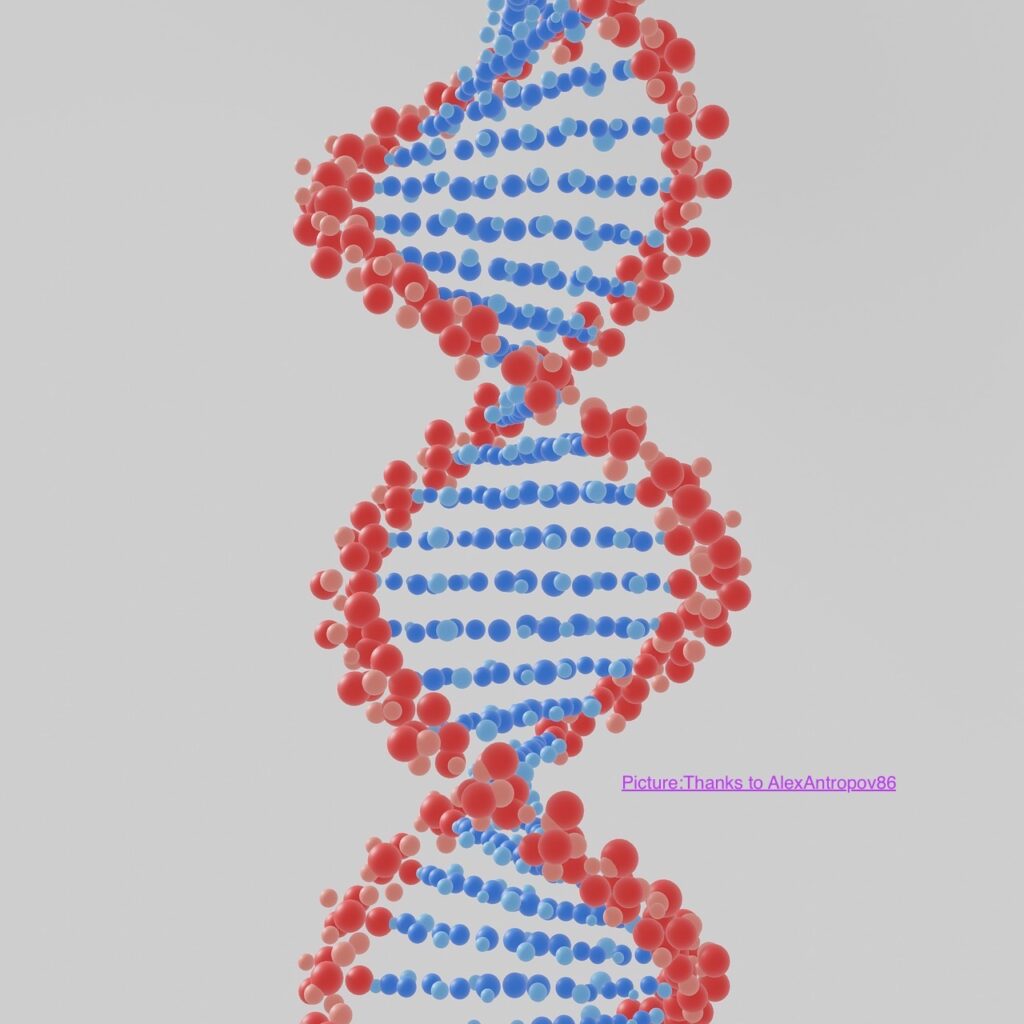
Genetic Reality of Syed Identity in India: Arab Ancestry Illusion
Genetic Reality of Syed Identity in India It’s important for people to see this contradiction! Instead of looking like people from West Asia (Arabia, Persia) or Central Asia (Afghans), many Indian Muslims who claim Syed status (said to be descended from the Prophet Muhammad’s family) look more like people from South Asia. Some of these traits are darker skin, shorter stature, and other traits that are popular in India. The difference between the claimed ancestry and the observed genetics shows that the Syed identity in India is mostly a social creation and not a biological or genealogical fact.
Table of Contents
1. Limited Historical Migration from Arabia/Persia
Genetic Reality of Syed Identity in India-
Syed: Small number
Syed: A small number of people from Arabia and Persia migrated historically
Small Numbers: Arab and Persian people who migrated to India (for example, merchants, Sufi saints, or conquerors) were a comparatively small number. Just one example:
Early Arab traders settled in Kerala between the eighth and ninth centuries, but they married local women, which resulted in the gradual watering down of distinctively “foreign” characteristics over the course of several generations.
Sheikhs:
Sheikhs say they are related to early Arabs who were with the Prophet, later Persian or Central Asian converts, or sometimes high-ranking native converts.
Mughal:
The majority of the Mughal aristocracy, who were of Persian or Turkish descent, were accompanied by a small entourage. Their offspring interbred with natives, resulting in the adoption of Indian traits.
Pathans:Nobility:
Pathans: They say they are related to Pashtun (Afghan) groups. This connection is associated with being a soldier, owning land (especially in North India), and adhering to native honour codes from the past (Pashtunwali) with J2 haplogroups. Interestingly, the Pathans are usually thought to be the largest Ashraf group in India, with many more members than the Syeds. Their larger population is due to historical migration trends and the conversion of local people to Islam over many centuries.
Matrilineal blending
The practice of matrilineal blending occurs when male migrants, who are of Arab or Persian descent, marry local women. As a result, their offspring get South Asian mitochondrial DNA, which is passed down from their mothers. Y-DNA’s foreign paternal lineages have become statistically insignificant over several centuries.
In his 1945 book Pakistan or Partition of India, Ambedkar warned that Muslim casteism is “a hidden poison” that is worse than Hindu casteism.
2. Most “Syeds” Are Local Converts, Not Foreign Descendants
Upper-Caste Hindu Converts:
Many Syeds are descended from Brahmins, Rajputs, or Kayasthas who converted to Islam but maintained their caste pride. The majority of “Syeds” are local converts, and not foreign descendants. Through the use of the Syed title, they were able to preserve their position as elites within the Muslim community.
Following their conversion, members of the Bhumihar Brahmin caste, who were land-owning, frequently renamed themselves as Syeds in the states of Bihar and Uttar Pradesh.
In order to avoid social stigma, lower-caste converts also obtained Syed titles as a means of social climbing. For the sake of reputation, genealogy was either faked or inflated.
3. DNA evidence disproves the existence of “pure” Syed lineages

The Study of Genetics:
DNA tests conducted on Indian Muslims, especially Syeds, reveal the following:
Extensive South Asian ancestry,
Which includes: CSIR (India) conducted a study in 2017 that discovered that the majority of Muslim communities, including Syeds, share 70–90% genetic commonality with local Hindu populations.
There Is No Authentic “Arab” Signature:
The Genographic Project of National Geographic
How to identify a real Syed?
The Y-DNA of Syeds in Lucknow and Hyderabad was studied.
Findings: About 3% had J1/J2 haplogroups, which are common in Arabs.
So those Muslims who have the J1/J2 haplogroup are close to Arabs.
Like most South Asian Hindus, most of them had the R2, L1, and H haplogroups.
Less than five to ten per cent of Syeds have West Asian DNA, and even that is likely to be the result of ancient migrations (for example, at the time of the Indus Valley), rather than more recent heritage.
Study from the University of Hyderabad (2013)
200 Syeds from Uttar Pradesh are an example.
Important Finding: 92% had mtDNA (maternal lineage) that matched local Hindu groups like Yadavs and Kurmis.
Only 8% showed possible links to West Asia, but these were very old (more than 2,000 years old).
A study from Harvard on Muslims in Kerala
Finding: 85% of Kerala’s Muslims, including Syeds, are genetically similar to the area’s Hindus.
Their “Arab” origin is only about 2% pure, most likely from trade with people before Islam.
Why does the “Syed” myth keep going around?
Social Status: The title gives the holder power over religious issues, like leading prayers or running mosques.
Controlling the economy: The Syed family controls most of the waqf boards, which are Islamic trusts that own land worth billions of dollars.
Marriage Monopoly: The Syeds ban endogamy to protect “purity,” even though genetics show that mixing happens.
Politics: In the colonial era, powerful people like Sir Syed Ahmad Khan used their “foreign noble” position to talk to the British about deals. Opposition and Change.
Case of Kashmir:
Syeds from Kashmir, such as those belonging to the Bukhari clan, have genetic profiles that are identical to those of the local Pandits, which disproves the notion that they are of Arab heritage.
4. Caste ≠ Genetics: It’s About Social Power
Genetic Reality of Syed Identity in India Based on the concept of social power and status symbols, the Syed title acts similarly to the Brahmin caste in Hinduism. It emphasises the importance of ceremonial purity, jurisdiction over religious institutions, and marriage exclusivity.
As an illustration, Syeds frequently refuse to marry non-Syeds, citing the need for “lineage purity,” even though they lack genetic proof.
Political Utility: In colonial India, the Syeds utilised their “foreign noble” character to their advantage in order to obtain property rights, political representation, and patronage from the British.
5. Why do Syed people keep claiming that their roots are from other countries?
Claiming Prophetic heritage confers moral authority, such as the ability to lead prayers and issue fatwas. Other examples of religious authority include.
Syeds have a stronghold over waqf boards, which are Islamic charitable trusts, as well as mosques, which allows them to acquire control over huge resources.
The stories of “Arab ancestors” are celebrated in family lore, even if there is no evidence to support them. This is an example of cultural mythmaking.
Conclusion:
99% of the Syed identity in India is a social construct, and the remaining 1% is in fact historical. It continues to exist because caste structures are profoundly ingrained in South Asian culture, even among Muslims.
In order to perpetuate these distinctions (for example, marriage alliances and resource control), elites benefit from doing so.
Due to the absence of widespread genetic testing, the misconception can flourish.
Ironically, Indian Syeds continue to retain tribal pride, not because of their DNA but because of social apartheid. The Prophet Muhammad (PBUH) removed ethnic pride from society. An MIT scholar by the name of Dr.Omar Khalidi observed that “The Syed is a Brahmin in Muslim disguise.”
FAQ:
Q1. Limited Historical Migration from Arabia/Persia
A. a- Small number of people from Arabia and Persia migrated historically.
Small Numbers: Arab and Persian people who migrated to India (for example, merchants, Sufi saints, or conquerors) were a comparatively small number. Just one example:
Early Arab traders settled in Kerala between the eighth and ninth centuries, but they married local women, which resulted in the gradual watering down of distinctively “foreign” characteristics over the course of several generations.
b- Mughal Nobility: The majority of the Mughal aristocracy, who were of Persian or Turkish descent, were accompanied by a small entourage. Their offspring interbred with natives, resulting in the adoption of Indian traits.
c– Matrilineal blending The practice of matrilineal blending occurs when male migrants, who are of Arab or Persian descent, marry local women. As a result, their offspring get South Asian mitochondrial DNA, which is passed down from their mothers. Y-DNA’s foreign paternal lineages have become statistically insignificant over several centuries.
Q2. Most “Syeds” Are Local Converts, Not Foreign Descendants
A. Upper-Caste Hindu Converts: Many Syeds are descended from Brahmins, Rajputs, or Kayasthas who converted to Islam but maintained their caste pride. The majority of “Syeds” are local converts and not foreign descendants. Through the use of the Syed title, they were able to preserve their position as elites within the Muslim community.
Following their conversion, members of the Bhumihar Brahmin caste, who were land-owning, frequently renamed themselves as Syeds in the states of Bihar and Uttar Pradesh.
To avoid social stigma, lower-caste converts also obtained Syed titles as a means of social climbing. For the sake of reputation, genealogy was either faked or inflated.
Q3.DNA evidence disproves the existence of “pure” Syed lineages.
A. Genetic Reality of Syed Identity in India: The Study of Genetics: DNA tests conducted on Indian Muslims, especially Syeds, reveal the following:
Extensive South Asian ancestry, which includes CSIR (India), conducted a study in 2017 that discovered that the majority of Muslim communities, including Syeds, share 70–90% genetic commonality with local Hindu populations.
There Is No Authentic “Arab” Signature: Less than five to ten per cent of Syeds have West Asian DNA, and even that is likely to be the result of ancient migrations (for example, at the time of the Indus Valley) rather than more recent heritage.
Case of Kashmir: Syeds from Kashmir, such as those belonging to the Bukhari clan, have genetic profiles that are identical to those of the local Pandits, which disproves the notion that they are of Arab heritage.
Q4. Caste ≠ Genetics: It’s About Social Power
A. Based on the concept of social power and status symbols, the Syed title acts similarly to the Brahmin caste in Hinduism. It emphasizes the importance of ceremonial purity, jurisdiction over religious institutions, and marriage exclusivity.
Genetic Reality of Syed Identity in India-
As an illustration, Syeds frequently refuse to marry non-Syeds, citing the need for “lineage purity,” although they lack genetic proof.
Political Utility: In colonial India, the Syeds utilized their “foreign noble” character to their advantage to obtain property rights, political representation, and patronage from the British.
Q5. Why do Syeds continue to assert that they have roots in other countries?
A. Genetic Reality of Syed Identity in India Claiming prophetic heritage confers moral authority, such as the ability to lead prayers and issue fatwas. Other examples of religious authority include.
Syeds have a stronghold over waqf boards, which are Islamic charitable trusts, as well as mosques, which allows them to acquire control over resources.
The stories of “Arab ancestors” are celebrated in family lore, even if there is no evidence to support them. This is an example of cultural mythmaking.
